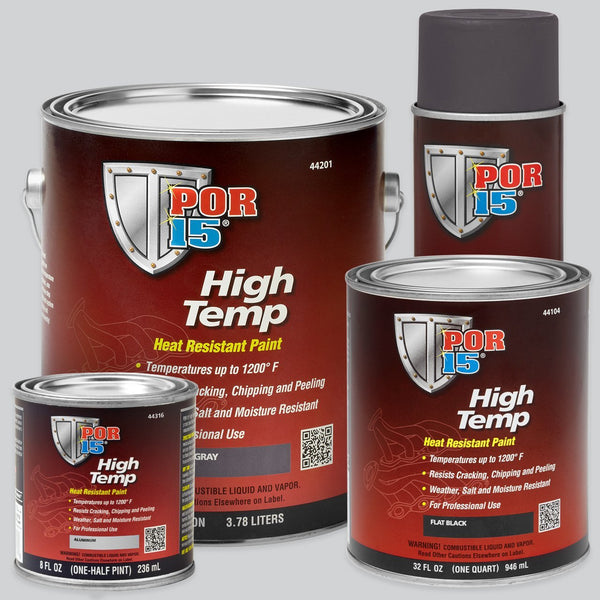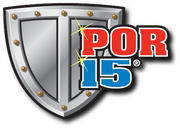Haven't been on this forum for almost a decade. Good to be back!
I have an old Fisher Baby Bear that has been used since about 1979, and it has some rust problems. It seems like there are 2 different kinds of rust on this thing. The outer layer comes right off with a wire brush or wheel. No big deal. Then, I also have this pitted-type rust that seems about impossible to remove with my cup wire wheel on my angle grinder. It would take me a week to get down to the metal working on an area the size of a playing card. Is there a better method to removing this kind of oxidation or some technique I should be using? These are some extreme close-ups of the rust after a good half hour of wheeling. I'm trying to get to a place where I can paint or paste the stove again. Any advice would be helpful. The first picture was taken with flash, so it's kind of exaggerated on the color scale. That pic also contains the area I worked on for a half hour.
![[Hearth.com] Extremely pitted rust on Baby Bear, need advice on removal technique. This one is challenging. [Hearth.com] Extremely pitted rust on Baby Bear, need advice on removal technique. This one is challenging.](https://www.hearth.com/talk/attachments/stove-1-webp.325799/)
![[Hearth.com] Extremely pitted rust on Baby Bear, need advice on removal technique. This one is challenging. [Hearth.com] Extremely pitted rust on Baby Bear, need advice on removal technique. This one is challenging.](https://www.hearth.com/talk/attachments/image000002-webp.325801/)
I have an old Fisher Baby Bear that has been used since about 1979, and it has some rust problems. It seems like there are 2 different kinds of rust on this thing. The outer layer comes right off with a wire brush or wheel. No big deal. Then, I also have this pitted-type rust that seems about impossible to remove with my cup wire wheel on my angle grinder. It would take me a week to get down to the metal working on an area the size of a playing card. Is there a better method to removing this kind of oxidation or some technique I should be using? These are some extreme close-ups of the rust after a good half hour of wheeling. I'm trying to get to a place where I can paint or paste the stove again. Any advice would be helpful. The first picture was taken with flash, so it's kind of exaggerated on the color scale. That pic also contains the area I worked on for a half hour.



